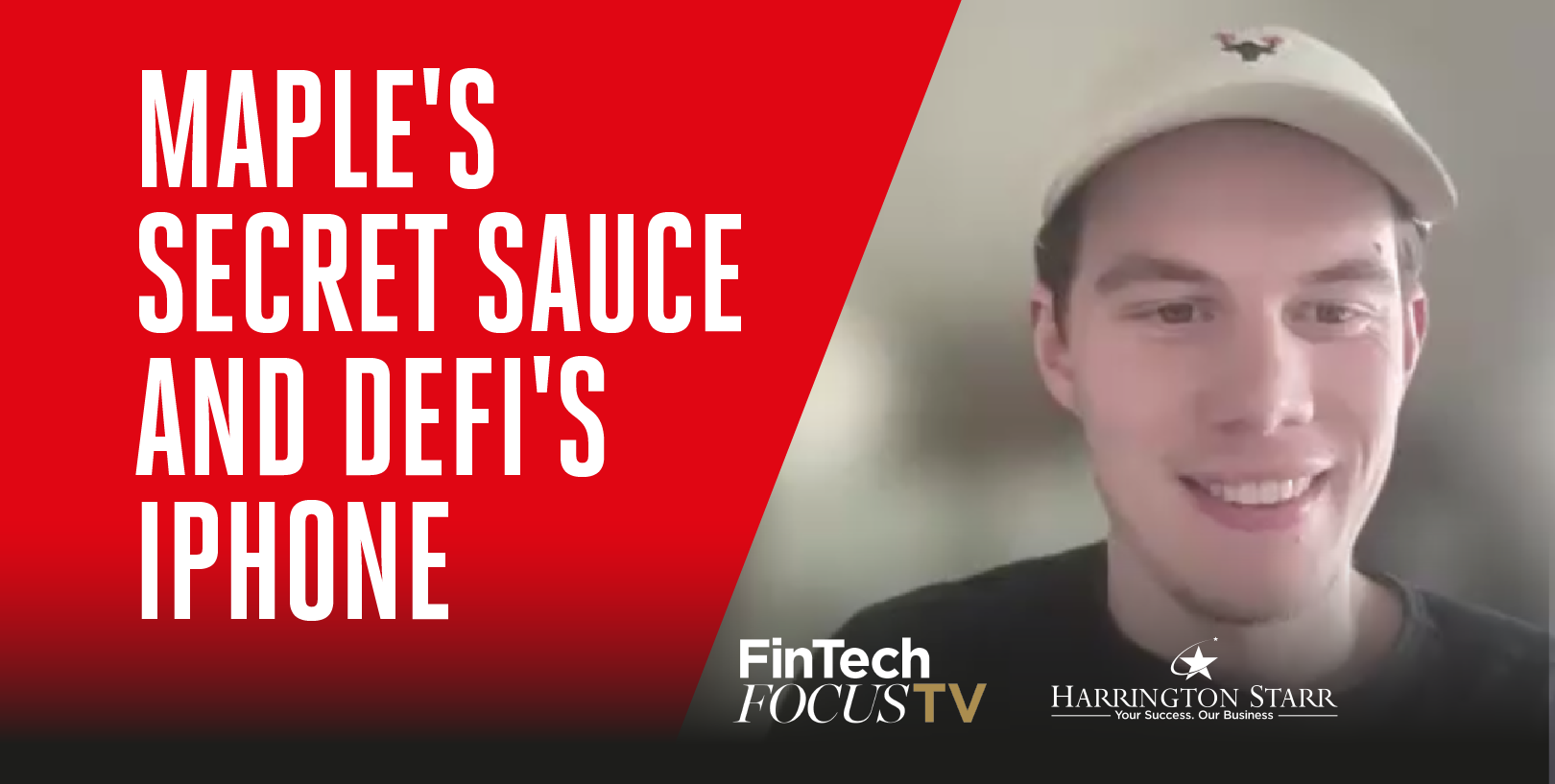
“Collaboration is the buzzword for fintechs this year.” So began my article for The Financial Technologist in 2022 about interoperability and integrations between software companies and their respective platforms. The natural follow-up this year is to look at the same topic from a different perspective; collaboration not at company and product level, but at the human, personal level. Collaboration between Taskize staff from all our teams – in person and face to face – with the wider financial industry;our clients, users, and customers at custodian banks, buy-sides, broker-dealers and FMIs. As this edition of the magazine is dedicated to the Top 1% Workplace Awards, this certainly feels like an apt topic to discuss, and I’lllook at three areas that I feel make a top fintech workplace: culture, communication and creating a space for innovation. There’s a great way to examine all of these at once at Taskize, and that’s with the example of what we call our ‘UAGs’. Short for User Advisory Group, it’s a slightly dry name for a lively and fundamental series of meetings – (pub and office-based)– that we run on a regular basis with our clients. Our most recent User Advisory Group was in Dublin just a few weeks before this edition of the magazine went to press. What is the workplace culture at Taskize? In 2023, it’svery easy for workplaces (and teams) to be siloed and Zoom-oriented.It’s just as easy for them to be focussed almost entirely on to-do lists, with the proliferation of online work and status tracking tools that are out there. At Taskize,we’retrying to break this mould: the culture is about working together, as face-to-face as possible, building and developing a software platform that is not lead by us, but by our clients and end-users. And the only way to deliver on this is to sit down and talk— hence the UAGs. Our Dublin session brought together members of Taskize’s product and customer success teams, and we spent the day with operations stafffrom three large global investment banks, all of which use Taskize. They use our platform and interact with it in different ways, of course, so our client contributors were split roughly evenly between managers/team leads and general users/problem solvers. Before we go any further, and for this to make most sense, we need to quickly recap what Taskize actually is, and what it creates! In a nutshell, Taskize(the company) is trusted by over 550 financial firms across 88 countries. Taskize (our web-native collaboration platform) is used by operations teams –securities settlements, corporate actions, collateral management and more – to increase capacity, minimise risk and improve client service. From the general user/problem solver contingent in Dublin, we established a very close dialogue around their use of the Taskize’sBubble Blotter, which provides a live view of pre-and post-trade queries for quick and efficient prioritisation and workload management. And from the managers and team leads that joined us, we focussed on the platform’s (business intelligence) capabilities which provide real-time and historic insights on fails/breaks and cause-and-effect analytics to assist in operational and process optimisation. Let’s join the User Advisory Group To circle back to my point on Taskize staff not working in isolation— and making sure our product and development teams are not building functionality based on guesswork or even a ‘build it and they will come’ approach— we sat down with our clients to discuss three main questions, all within the context of post-trade operations for custodian banks: •Can we identify key insights that would help users to make more informed decisions? •What data would be needed to surface these insights? •With this, would we be able to design the solutions within Taskize that solves real client problems and adds real value? To answer these questions, we structured a day of workshops with four distinct agenda items: 1.Taskize product team hearing and learning about client goals 2.Discussions around challenges clients have in achieving these goals 3.A combined brainstorm on ideas for solutions 4.A joint prioritisation session to assess and timeline everything brought to the table The User Advisory Group certainly served its purpose in terms of client engagement. “One of the best fintech vendor sessions we’ve been involved in,” was how one described it. Another adding that, “we can tell you’re passionate about resolving our issues.” What was interesting was that— going back to our company ethos of culture, communication and creating a space for innovation— we received the same comments from the Taskizestaff that joined the session. In short, collaboration is not only the purpose of the Taskize platform, but also what drives our workplace. Where next, and why? As we move towards 2024, what should be a strong combination of staff talent and workplace culture in the fintech world seems to be somewhat on a knife edge.“Fintechs look to attract professionals who are competent, innovative, ready to ‘roll up their sleeves’, and have the critical skills required,” Deloitte reports, “but they are also the most difficult to hire.” The same Deloitte report,‘Human Capital Challenges of a Fast-Growing Sector’, notes that, “Retaining this talent proves challenging, due to factors such as limited opportunities for career progression, overall employee experience and evolving culture.” Taskize is cognisant of both issues and we’ve found that, as the User Advisory Groups exemplify, the closer we work with our clients, the more we build that two-way dialogue. And the easier talent acquisition and talent retention becomes. Read more articles like this in The Financial Technologist. Download your free copy here.





